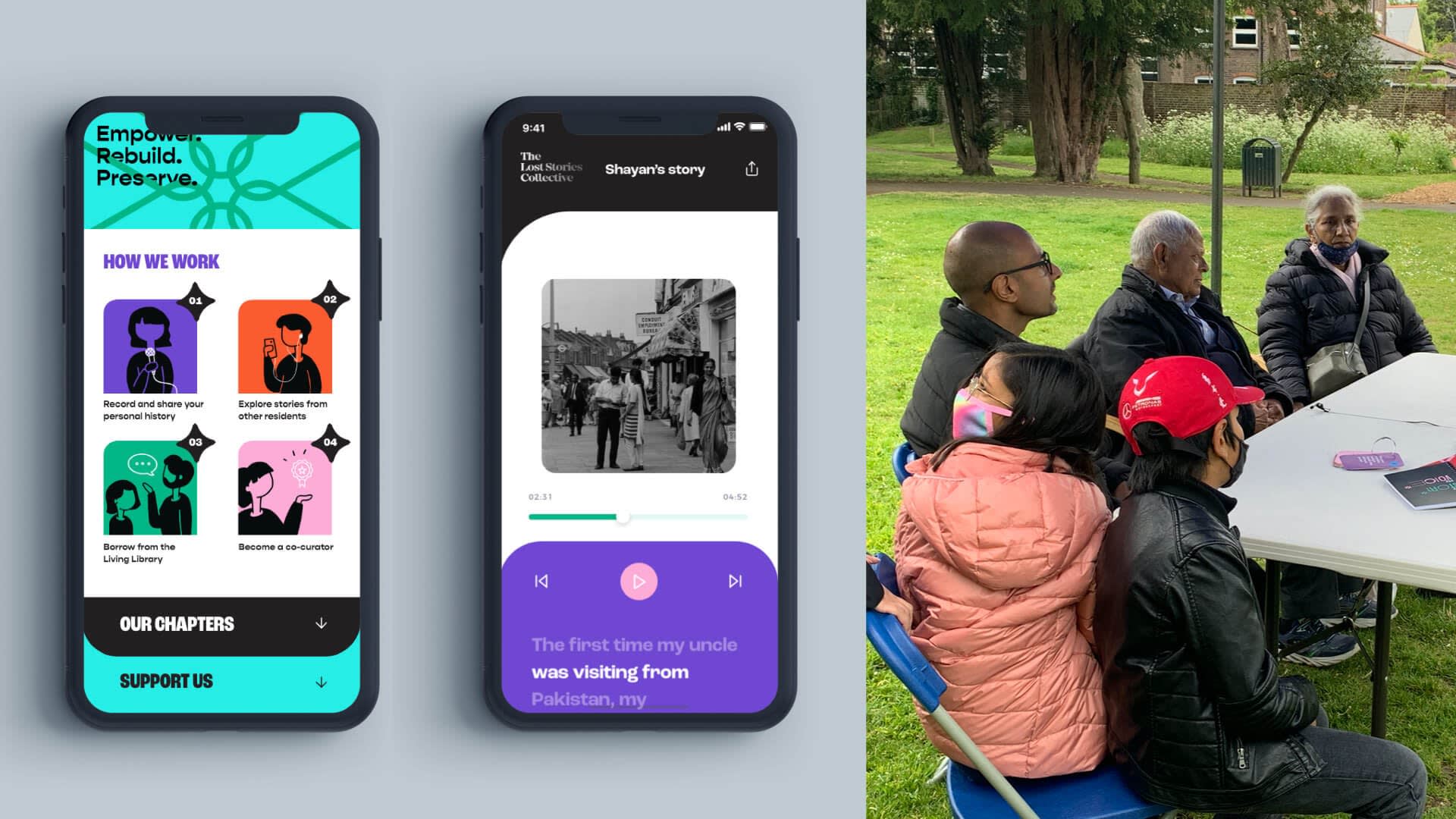With a background in communication design, I have always been deemed a “maker”. Prior to joining the Royal College of Art, I pursued my passion for Arts & Culture, by taking up graphic design and illustration projects on the subject, that received multiple press features. My time at an innovation-led FMCG company was a catalyst in helping me understand the intrinsic value of design to business. As a designer, I wish to seize this opportunity and contribute towards transforming the role of design in corporates from just a function to part of the organisational culture. I now situate my design practice at the intersection of narratives, experiences, business and strategy in both the physical and digital realms.
During my time at the RCA, I worked with clients such as the Camden Council, Boston Consulting Group, and the design-for-good studio, Fuzzy. I worked on a range of exciting projects ranging from fostering parent-to-parent collaboration, to more radical projects speculating the future of work and workplace wellbeing. I also worked at the Intelligent Mobility Design Studio in partnership with UK Regeneration, to develop a toolkit for residents to collectively envision their future towns.
I strive to balance the strategic thinking abilities of a service designer with my strengths of communicating across materials, spaces and experiences. I take on an experimental and exploratory approach to problem solving, to help communities thrive, businesses to flourish and the planet to survive.





